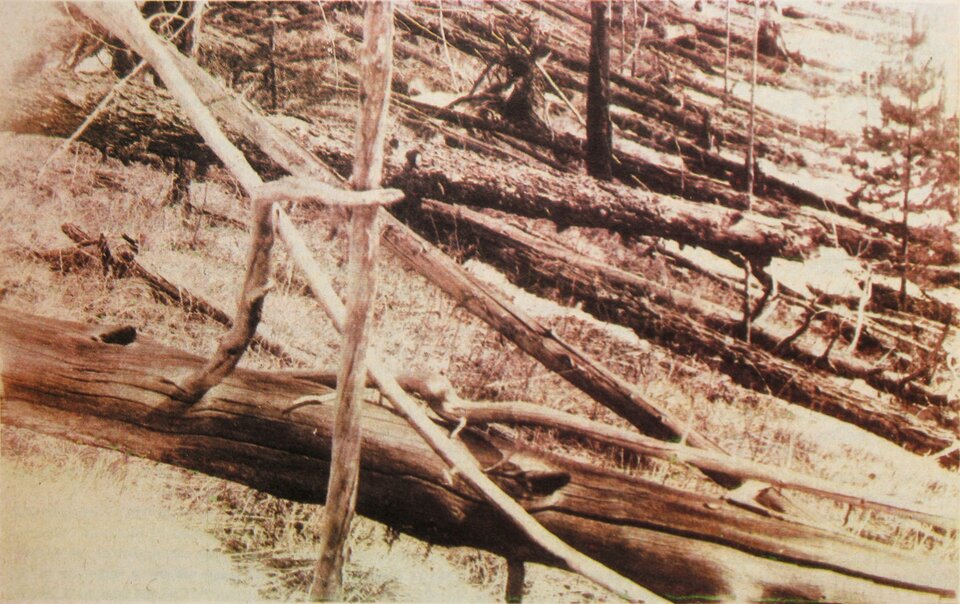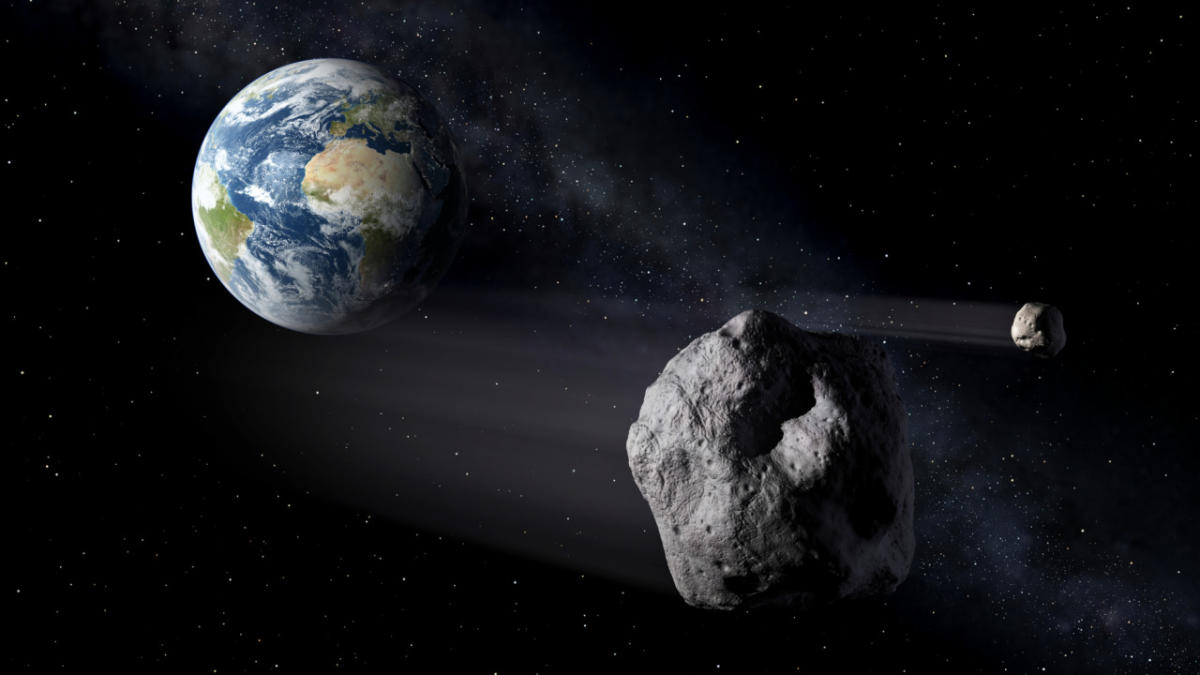
Two large asteroids, 2024 MK and (415029) 2011 UL21, are set to safely pass near Earth this week in conjunction with Asteroid Day on June 30, 2024. While neither poses any danger to our planet, their close encounters highlight the importance of asteroid detection and defense.
Firstly, asteroid 2024 MK will make its closest approach ever to Earth on Saturday, June 29. Discovered only a week prior on June 16, this sizable near-Earth object (NEO) will pass within approximately 75% of the distance to the moon.
Secondly, the larger asteroid in this week's events, (415029) 2011 UL21, is estimated to be between 1.7 and 3.9 kilometers in diameter and will safely pass Earth on Thursday, June 27.
Both asteroids serve as reminders of the need for continuous efforts to detect potentially hazardous NEOs that could pose a threat to our planet.
ESA has been performing detection and analysis of NEOs over the last two decades. There are an estimated 5 million NEOs larger than 20 meters, which is the threshold above which an impact could cause damage on the ground. To mitigate potential risks, ESA's Hera mission, launching later this year, will help turn asteroid deflection into a well-understood and repeatable planetary defense technique.
Asteroid Day commemorates the largest observed asteroid strike in recorded history - the 1908 airburst above Tunguska in Siberia, which felled around 80 million trees. This year's Asteroid Day activities will provide an excellent opportunity to raise awareness about the importance of asteroid detection and defense.








